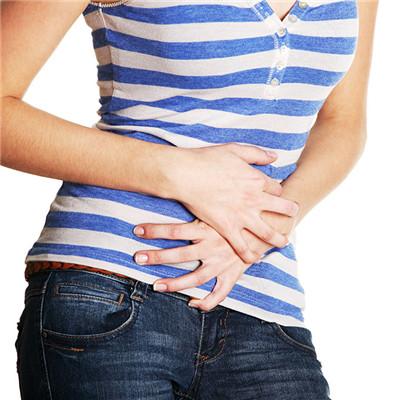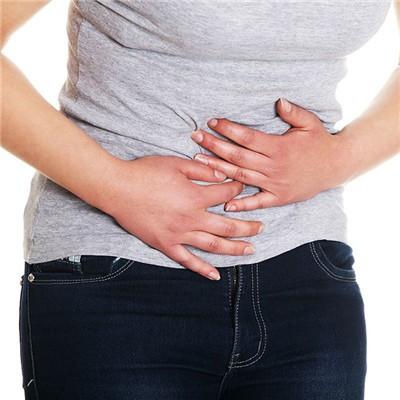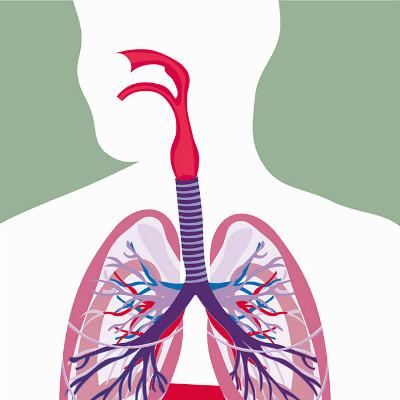Typical symptoms of intestinal obstruction?
summary
Abdominal pain, vomiting, abdominal distension, constipation and cessation of exhaust are the typical symptoms of intestinal obstruction, but the severity is not consistent in all kinds of intestinal obstruction. Typical symptoms of intestinal obstruction? Let's talk about it.
Typical symptoms of intestinal obstruction?
(1) abdominal pain most patients with intestinal obstruction have abdominal pain. In patients with acute complete mechanical small bowel obstruction, abdominal pain is characterized by paroxysmal colic. It is caused by the strong peristalsis of the bowel above the site of obstruction. Most of them are in the middle of abdomen. It often breaks out suddenly. Gradually increased to the peak, lasted for several minutes and then eased. Interval can be completely painless, but after a period of time can recur. The degree of colic and the length of the interval vary with the location of obstruction and the severity of the disease. Generally speaking, vomiting in duodenal and upper jejunal obstruction can play a role of decompression, and the patient's colic is mild. Low ileal obstruction can inhibit intestinal peristalsis due to flatulence, so colic is also light. Only acute jejunal obstruction had severe colic. Generally, the attack occurs every 2-5 minutes. The abdominal pain of incomplete intestinal obstruction is mild, and can be relieved after a burst of bowel sounds or exhaust. The same is true of chronic intestinal obstruction, and the interval is long. Acute mechanical colonic obstruction, abdominal pain in the lower abdomen, generally lighter than small bowel obstruction. If the ileocecal valve function is normal, the contents of colon can not flow back to the small intestine, so the intestinal cavity gradually expands and the pressure increases, because in addition to paroxysmal colic, there may be persistent dull pain. In this case, attention should be paid to the possibility of closed loop intestinal obstruction. Persistent dull pain in the interictal period is also the early manifestation of strangulated intestinal obstruction. If the intestinal wall has been ischemic necrosis, it is persistent severe abdominal pain. As for paralytic ileus, because the intestinal muscle has no ability of peristalsis, so there is no colic attack, it can be caused by high intestinal distension and abdominal persistent pain.

(2) vomiting: almost all patients with intestinal obstruction have vomiting. In the early stage, it is reflexive vomiting, and most of the exudates are gastric contents. The later stage was reflux vomiting, which varied with the location of obstruction. The higher the location, the more frequent and severe the vomiting. Vomiting was mild and sparse in low intestinal obstruction. In the case of colonic obstruction, because ileocecal valve can prevent reflux, there is no vomiting in the early stage, but in the later stage, when ileocecal valve is not fully closed due to excessive filling of the intestinal cavity, there is also severe vomiting, and the vomit may contain fecal juice.

(3) abdominal distension is a late symptom, and its degree is related to the location of obstruction. High intestinal obstruction usually has no obvious abdominal distension due to frequent vomiting; In the late stage of low intestinal obstruction or colonic obstruction, there is often significant abdominal distention. The intestinal distension of closed loop obstruction is very prominent, often showing asymmetric local distension. In paralytic ileus, all the intestines expand, so the abdominal distension is significant.

matters needing attention
Patients with simple intestinal obstruction generally have no obvious systemic symptoms, but those with frequent vomiting and severe abdominal distension must have dehydration, and those with low blood potassium have symptoms of weakness, drowsiness, fatigue and arrhythmia. Strangulated intestinal obstruction patients have the most obvious systemic symptoms, early collapse, and soon into a state of shock. Patients with abdominal infection, abdominal pain continued and spread to the whole abdomen, at the same time, there are chills, fever, leukocytosis and other infections and toxemia.













